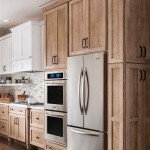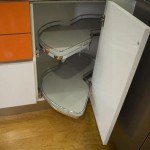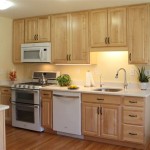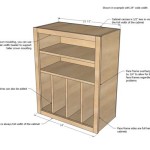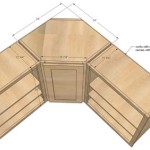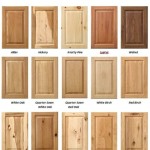The Essential Aspects of Best Environmentally Friendly Kitchen Cabinets
In the realm of sustainable living, the kitchen holds immense potential for minimizing our environmental footprint. One crucial aspect of an eco-conscious kitchen is choosing environmentally friendly kitchen cabinets. These cabinets not only enhance the aesthetics of your space but also promote sustainability and reduce your impact on the planet.
When selecting environmentally friendly kitchen cabinets, several key factors come into play. These factors ensure that your cabinets align with your values and contribute positively to the environment.
1. Materials
The materials used in kitchen cabinet construction play a significant role in their eco-friendliness. Opt for cabinets made from sustainable materials, such as:
- Recycled Wood: Cabinets crafted from recycled wood utilize discarded wood products, reducing waste and promoting resource conservation.
- FSC-Certified Wood: This certification signifies that the wood originates from responsibly managed forests, ensuring sustainable harvesting practices.
- Bamboo: Bamboo is a rapidly renewable resource that offers durability and a natural aesthetic.
- Cork: Cork is harvested from the bark of cork trees, making it an environmentally friendly and sustainable option.
2. Finishes
The finishes applied to kitchen cabinets can also contribute to their environmental impact. Choose finishes that are low-VOC (volatile organic compound), minimizing indoor air pollution and protecting human health.
3. Hardware
The hardware used for cabinets, such as hinges and handles, can be environmentally friendly as well. Look for hardware made from recycled materials or sustainable sources.
4. Manufacturing Practices
The manufacturing process of kitchen cabinets has a significant impact on their environmental footprint. Consider cabinets manufactured by companies that prioritize sustainability, employing energy-efficient practices and reducing waste.
5. Energy Efficiency
Kitchen cabinets can contribute to energy efficiency in several ways. Opt for cabinets with built-in lighting systems that utilize energy-efficient LED bulbs. Additionally, cabinets with soft-close mechanisms reduce noise pollution and conserve energy by preventing slamming doors.
6. Durability
Durable kitchen cabinets have a longer lifespan, reducing the need for frequent replacements and minimizing waste. Consider cabinets made from high-quality materials that resist wear and tear.
7. Certifications
Look for kitchen cabinets that have earned third-party certifications, such as GreenGuard or LEED, which attest to their environmental performance and sustainability.
Conclusion
Choosing environmentally friendly kitchen cabinets is an essential aspect of creating a sustainable kitchen. By considering materials, finishes, hardware, manufacturing practices, energy efficiency, durability, and certifications, you can make informed decisions that minimize your environmental impact while enhancing the beauty and functionality of your kitchen.

Eco Friendly Kitchen Ideas

Sustainable Kitchen Cabinets A Green Choice For Your Homes

What Are The Best Eco Friendly Kitchen Cabinets Materials

14 Green Kitchen Cabinet Ideas 2024 Top Paint Colors For Kitchens

30 Best Green Kitchen Cabinets For 2024

Earth Friendly And Sustainable Kitchen Ideas Designcafe

Eco Friendly Kitchen Ideas

The Best Dark Green Kitchens Like Ever Jessica Brigham

Trending Green Kitchen Cabinet Ideas Lily Ann Cabinets

14 Green Kitchen Cabinet Ideas 2024 Top Paint Colors For Kitchens

